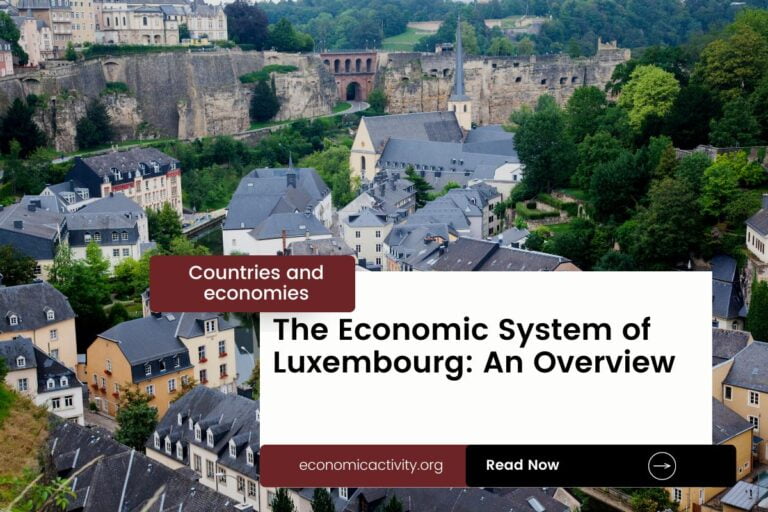Vanuatu, a small island nation with a population of 299,882 and an urban population of 76,152, accounting for 0.25% of the total, has shown a significant impact on CO2 emissions.
In 2022, the country produced 174,859 tons of CO2, resulting in a per capita emission of 0.55 tons.
This indicates that each individual contributes approximately 0.55 tons of CO2 annually.
To further understand the relationship between economic activity and CO2 emissions, it is crucial to examine the Carbon Intensity of GDP. Vanuatu’s carbon intensity is measured at 0.19 kg of CO2 per International dollar ($USD) of economic output produced.
Comparatively, this value is lower than both the USA (0.3 kg) and China (0.57 kg), suggesting that Vanuatu’s economic activities have a relatively lower impact on CO2 emissions.
These figures highlight the importance of monitoring and addressing CO2 emissions in Vanuatu, despite its smaller population and GDP. By implementing sustainable practices and reducing carbon intensity, the country can contribute to global efforts in mitigating climate change.
Vanuatu Total CO2 emissions by source
How much do coal, oil, gas, cement and flaring contribute to CO2 emissions in Vanuatu?
In 2022, Vanuatu’s total CO2 emissions reached 174,859 metric tons, with oil being the primary source accounting for the entire emissions. The correlation between these emissions and Vanuatu’s GDP highlights the significant role of oil in the economy and its impact on carbon dioxide emissions.
What fraction of world fossil co2 emissions does Vanuatu accounts?
Vanuatu is the 202nd largest emitter of CO2 in the world. It represents 0.000% of global CO2 emissions.
CO2 emissions from oil in Vanuatu
In Vanuatu, oil usage resulted in the production of 174,859 tons of CO2, accounting for 100% of the total CO2 emissions.
Sources:





Leave a Reply